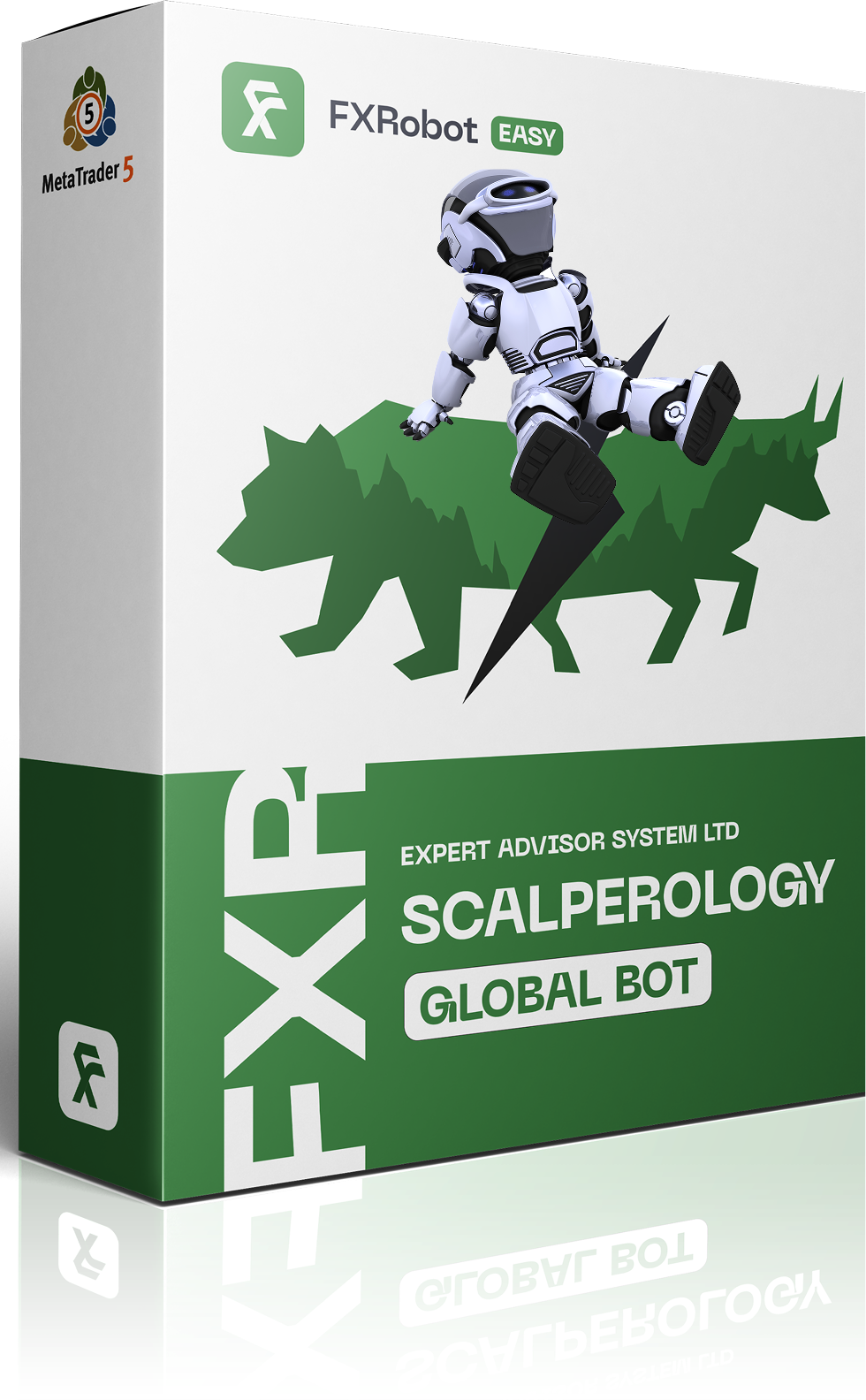At this time, purchasing EASY Bot items is not available to all members. Read more - how to get access to purchase
Bullish and Bearish Trends





Understanding Bullish and Bearish Trends 📈📉
In the realm of forex trading, identifying market trends is crucial for making informed decisions. Bullish trends indicate a strong upward movement in asset prices, driven by investor optimism and demand. Traders often look for patterns that suggest a continuation of this positive momentum. In contrast, bearish trends reflect a decline in prices, typically resulting from negative sentiment and heightened uncertainty.
Recognizing these trends is facilitated by employing various technical analysis tools. Key indicators, such as moving averages and the Relative Strength Index (RSI), provide valuable insights into the market’s direction. Traders may utilize these indicators to pinpoint entry and exit points effectively, thus optimizing their trading strategies.
- Understanding support and resistance levels aids in confirming trend strength.
- Market sentiment plays a pivotal role in shaping bullish or bearish conditions.
- Trend reversals can signal new trading opportunities.
By mastering the dynamics of bullish and bearish trends, traders can enhance their profitability potential, allowing for better risk management and strategic planning in their forex trading endeavors.
Significance of Trend Analysis in Forex Trading 🎯
Trend analysis is a fundamental aspect of successful forex trading, providing traders with crucial insights into market dynamics. By examining historical price movements and identifying patterns, traders can forecast future price behavior. This analytical process is essential for making informed decisions regarding entry and exit points in the market.
Utilizing various techniques, such as moving averages, Fibonacci retracement levels, and trend lines, traders can ascertain the strength and direction of prevailing trends. Recognizing bullish or bearish patterns allows traders to align their strategies accordingly, maximizing their potential for profit. This alignment is particularly important during volatile market conditions, where trends can shift rapidly.
- Assessing trend strength and duration helps in judging market stability.
- Understanding reversal signals can protect against significant losses.
- Incorporating trend analysis enhances risk management strategies.
Ultimately, mastering trend analysis is vital for traders looking to navigate the complexities of the forex market. By integrating effective analysis into their trading approach, traders can achieve greater consistency and reliability in their trading outcomes.
Top Trading Robots for Identifying Market Trends 🤖
Trading robots have revolutionized the way traders identify and respond to market trends. These automated systems utilize advanced algorithms and analytics to detect price movements, providing traders with timely indicators for making decisions. Among the leading trading robots designed for this purpose are those that excel in analyzing bullish and bearish trends with remarkable precision.
One notable example is the TrendMasterBot, which specializes in recognizing market patterns and generating high-frequency trading signals based on prevailing trends. This robot employs statistical analysis to determine optimal trading opportunities, allowing traders to capitalize on profitable price movements quickly.
- The SmartTrend Analyzer uses machine learning techniques to adapt continually to market changes, enhancing its accuracy over time.
- The TrendSpotter Bot integrates a multi-indicator approach, combining traditional signals with sentiment analysis to identify robust trends.
- The Volatility Trend Trader focuses on forecasting price fluctuations, enabling traders to execute strategies during periods of heightened market activity.
By utilizing these trading robots, traders can enhance their market analysis capabilities and improve their overall trading performance. The automation of trend identification not only saves time but also reduces human error, allowing for a more strategic trading approach in the fast-paced forex environment.
Leveraging Tools for Effective Trend Management ⚙️
Effective trend management is crucial for maximizing profitability in forex trading. Utilizing the right tools can significantly enhance a trader's ability to navigate the complexities of market trends. These tools not only help identify prevailing bullish or bearish trends but also assist in developing and executing robust trading strategies.
Technical indicators are invaluable for traders aiming to manage trends effectively. Indicators such as the Moving Average Convergence Divergence (MACD) and the Average True Range (ATR) provide insights into trend strength and potential reversals. By integrating these indicators into a trading strategy, traders can better anticipate market movements and adjust their positions accordingly.
- Charting software allows for real-time analysis, enabling traders to visualize trends and make informed decisions quickly.
- Automated trading systems can execute trades based on predefined criteria, ensuring timely responses to market fluctuations.
- Risk management tools, such as stop-loss and take-profit orders, protect against adverse price movements while leveraging market trends.
By embracing these tools, traders can build a comprehensive trend management framework that enhances their responsiveness to market changes. This combination of analytical tools and disciplined execution plays a pivotal role in achieving consistent trading success in the dynamic forex landscape.
Maximizing Trading Success with Trend Strategies 💪
Implementing effective trend strategies is essential for achieving consistent success in forex trading. By aligning trading decisions with current market trends, traders can capitalize on price movements and improve their overall profitability. The key lies in understanding how to leverage both bullish and bearish trends to maximize gains while minimizing risks.
One effective strategy involves utilizing trend-following techniques, which focus on entering trades in the direction of the prevailing trend. This approach is often complemented by the use of moving averages to confirm market direction and identify ideal entry points. Additionally, incorporating momentum indicators can help traders assess the strength of the trend and make informed decisions about when to enter or exit trades.
- Traders can also employ breakout strategies, which capitalize on price movements that occur when assets break through significant support or resistance levels.
- Using trailing stops allows traders to lock in profits while still benefiting from extended trend movements.
- Combining multiple indicators enhances the reliability of the signals generated, ensuring a more robust trading strategy.
Ultimately, maximizing trading success with trend strategies requires a disciplined approach and a willingness to adapt. By continuously analyzing market conditions and refining strategies, traders can maintain a competitive edge and navigate the ever-changing landscape of forex trading with confidence.